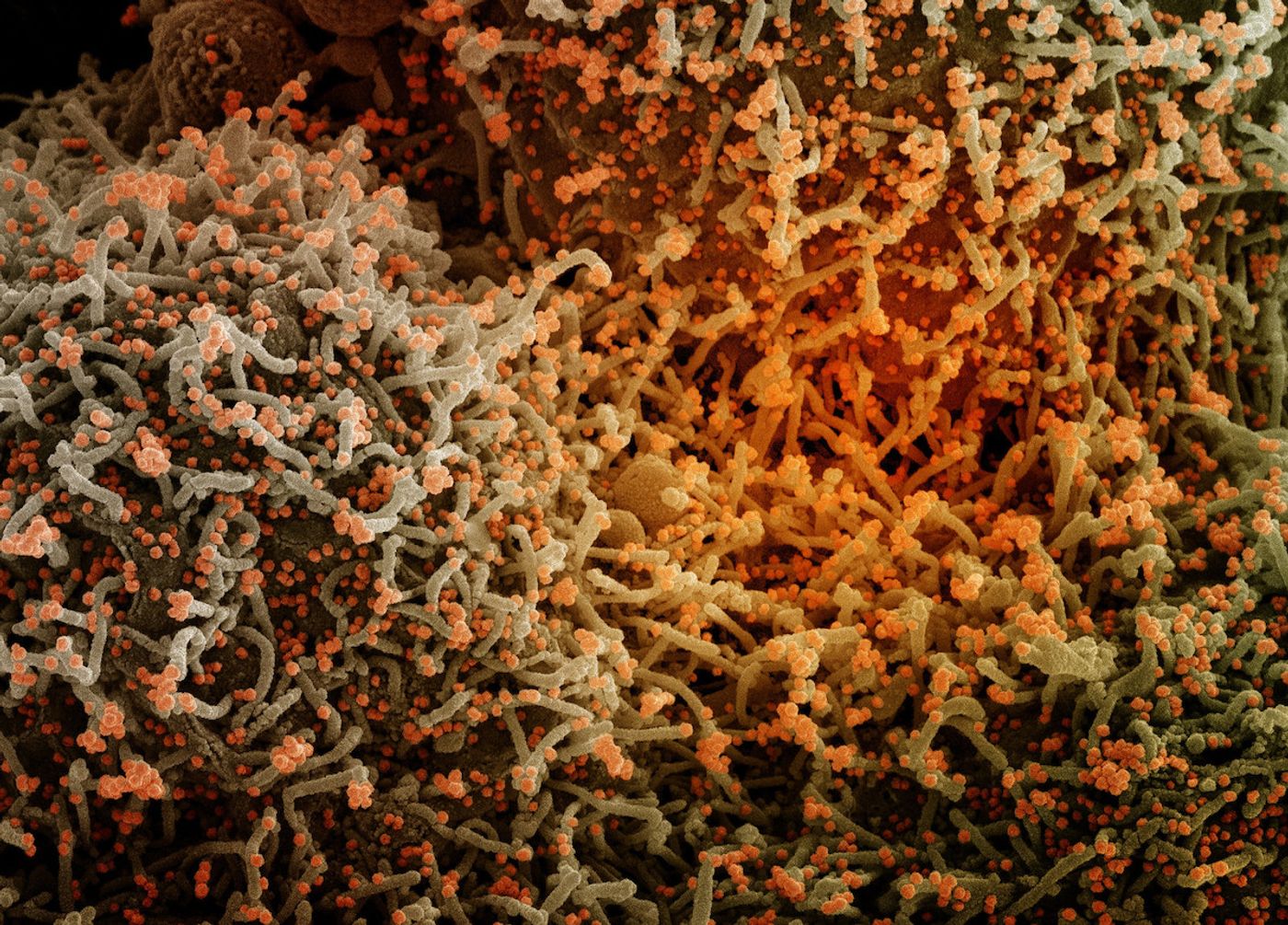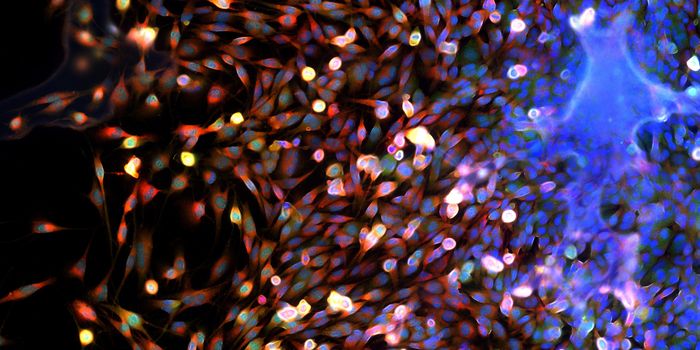Extreme Evolution - WHO Now Tracking Over 300 Omicron Subvariants
As the pandemic has progressed, different variants of SARS-CoV-2 have arisen, become dominant, and then been surpassed by a new variant. Then Omicron came along, and this highly infectious variant began to spawn a huge number of subvariants, many of which have recombined to create even more subvariants; the World Health Organization (WHO) is now tracking over 300 Omicron subvariants.
"SARS-CoV-2 is continuing to evolve extremely rapidly," noted Trevor Bedford, a computational biologist at the Fred Hutchinson Cancer Center in Seattle. "There's no evidence that the evolution is slowing down."
Omicron subvariants are now undergoing convergent evolution; they are under similar evolutionary pressures and are developing traits that are similar or the same. The virus is 'aiming' to overcome immunity that people have established through previous infections, vaccinations, or both. Mutations that help the virus continue to cause infection are very helpful, and those mutations will be selected and maintained.
"We seem to be seeing for the first time evidence of widescale convergent evolution. We have what people are calling a swarm of omicron viruses, which have different ancestries within Omicron, but which have the same set of mutations," explained Manon Ragonnet-Cronin, a viral genetics expert at the University of Chicago.
Many of the mutations in Omicron subvariants have occurred in the viral spike protein, which is what it uses to enter cells. But as the virus continues to evolve and more people are harboring infections, many different things could happen, including the reemergence of an old variant that has a new mutation that makes it competitive.
"We are literally dealing with a completely novel virus here," added Kristian Andersen, an immunologist at Scripps Research. "We don't know how many other paths this particular virus might have. We just don't know at this stage."
Right now, BA.5 is still the dominant subvariant in the United States, but while it accounted for about 60 percent of cases last week, the most recent data indicates that it now only accounts for about 49 percent of cases. The prevalence of BA.5 is declining and other variants are becoming more widespread.
BA4.6, BQ.1.1, and BQ.1 are responsible for about an etsimated 10, 13, and 14 percent of cases, respectively. The screenshot above from the CDC variant tracker was taken on October 29, 2022.
BQ.1 and BQ.1.1 will probably not respond to the bebtelovimab antibody treatment, while BF.7, and potentially, BQ.1, BQ.1.1,and BA.4.6 will resist both tixagevimab and cilgavimab antibody treatments, researchers have suggested.
Some of the new variants have been given weird nicknames, like the nightmare variant, which is also known as XBB - it has not been detected in the US yet, but it has caused a wave of infections in Singapore. XBB is a combination of BA.2.10.1 and BA.2.10.75 - and may have a "significant growth advantage," according to infectious disease specialist Dr. Maria Van Kerkhove of WHO.
Right now, there is little clinical data to assess whether XBB causes an illness that is worse than any other variant, so the nickname may be an exaggeration. Only one study with a pseudovirus has suggested that it is particularly good at immune escape.
Experts have urged people to take preventive measures, especially since long COVID can lead to a host of additional health problems, and can occur after any infection, even mild ones. Vaccinations, boosters, and face masks are still advisable. Other infectious diseases like RSV and influenza have begun to surge in some parts of the world as well.










